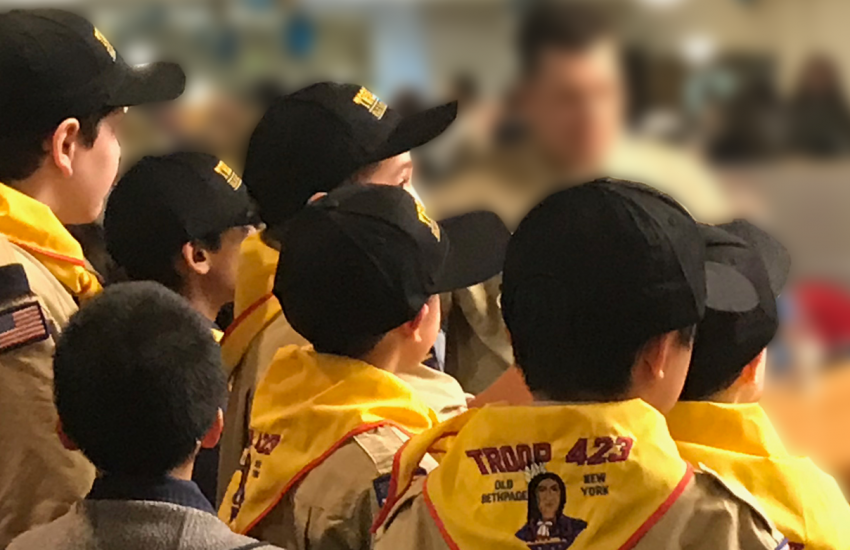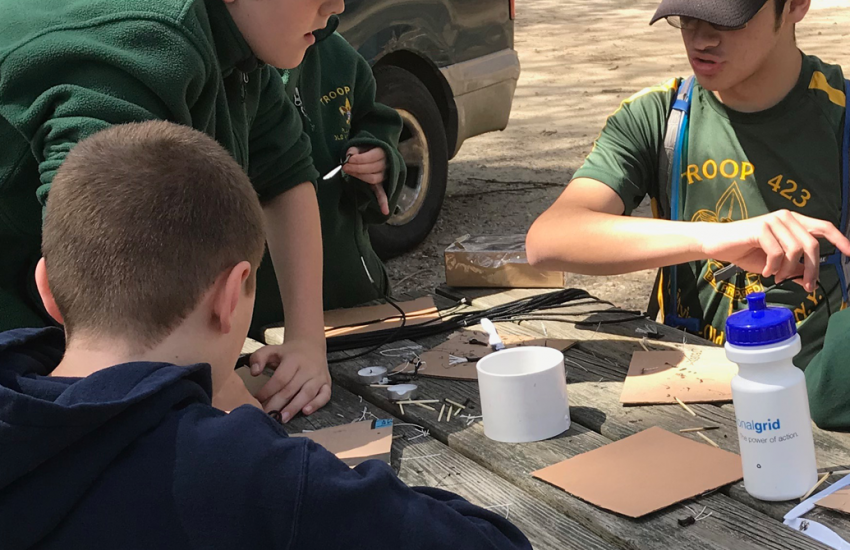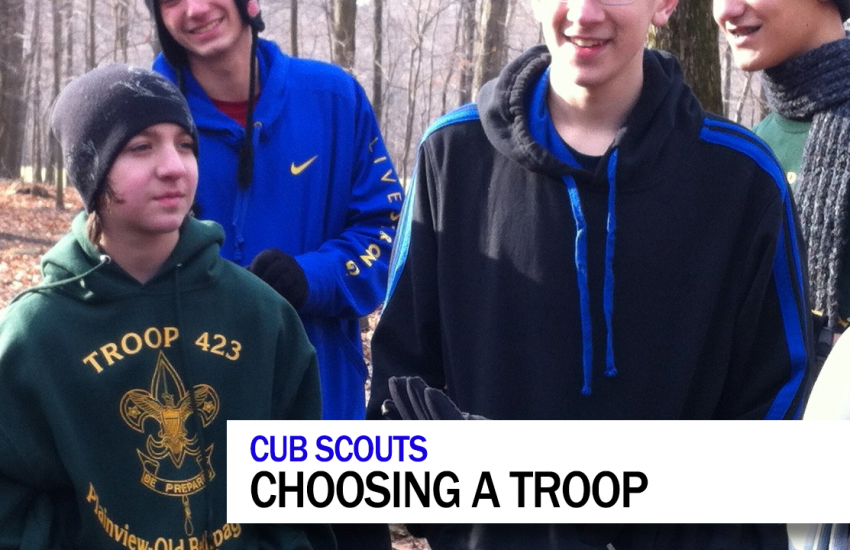The cub and boy scouting programs are different, in this video cast we discuss how the programs differ for both parents and kids.
- How to have a smooth — and successful — Webelos transition (Scouting Magazine)
- 8 Ideas for an easy Webelos to Boy Scout Transition (Scouting Wire)
- Webelos to Scout transition Starts Now (Voice of Scouting)
- “Welcome to the Troop” my troop’s 1-pager on Boy Scout Transition.
Transcript:
Cub scouts and Boy Scouts are two entirely different programs. While many of the elements are similar between the two programs, there are big differences between how the programs are run.
To start with, in cub scouts the parents run the show. A big part of what happens within the cub program is a direct result of the adult leaders in charge of the den. While all the requirements remain the same, the adults are the ones that can make it more fun, more challenging or more interactive. As a result the kids within the den range from very autonomous to very passive, as some groups are taught, and some learn through interaction.
The boy scouting program is led by the boys, with the help of the adult leaders, and the ages range from 11 to 17. While most patrols are about the same age, there is opportunity to learn skills as a troop, and individually.
Unlike the cub program, where the boys progress together, and at the end of the program year, they graduate to the next level of cub scouting, regardless if they have completed the achievements, boy scouts advance at their own rate.
Some boys advance very quickly, and some will remain tenderfoot scouts for a number of years. There is no social promotion in boy scouts.
In boy scouts the boys learn by doing. The more camping trips they attend, the more the likelihood that they complete requirements for rank just by participating in a well run program.
Many of the things the boys need to do include hiking, setting up tents, planning menus, cooking and community service. All of these things are a natural byproduct of the program.
This can be further accelerated with a well running patrol, that meets regularly, and works on advancement items like knots, lashings and first aid together as a group.
But while all this needs to be crafted by the adults in the cub scouting program, it becomes the responsibility of the boys to not only lay out what they want to do, but to have the drive to actually meet and do it. In some ways, the lack of a time line in boy scouting works against the program, as nothing spurs action like a good deadline.
Letting scouts do for themselves doesn’t come easy for some parents, and it’s one of the reasons we gently, and not so gently enforce a separation on the scout and parent if both are camping. We have found that most boys will step up to the challenge if given the opportunity to succeed. But this is what works for us.
Take what you like and leave the rest, and as we say in Woodbadge, feedback is a gift, leave yours below in the comments, with the hope we can all learn together.
I’m Scoutmaster Dave, and this was transitioning to boy scouting.




